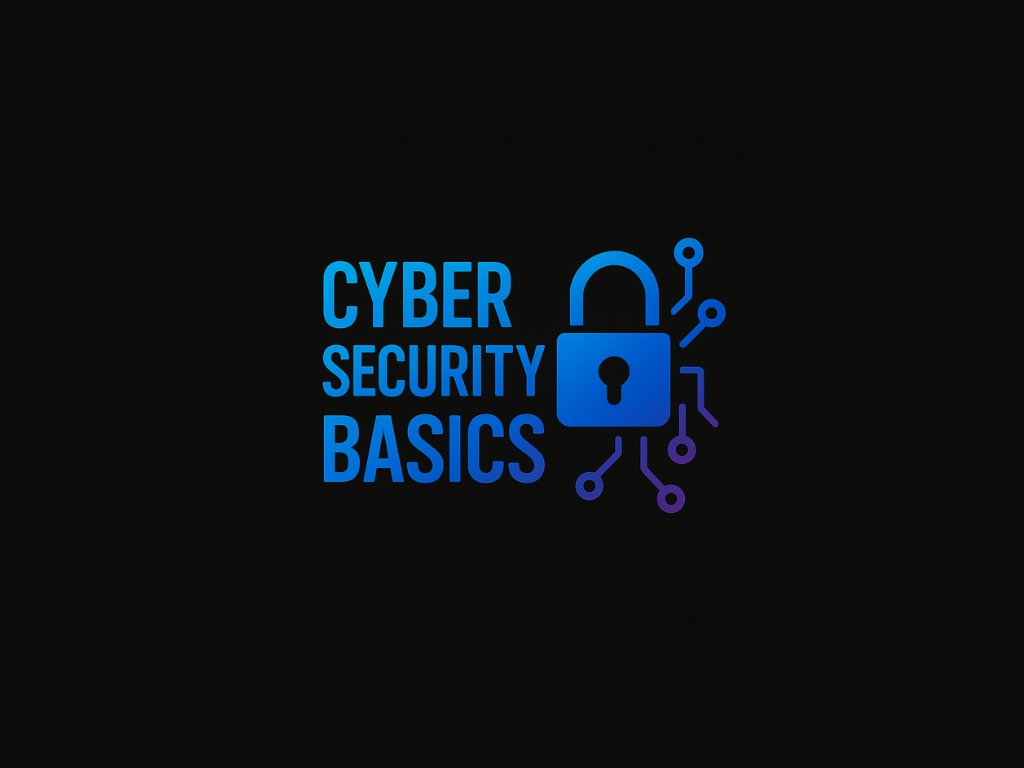Cybersecurity Basics: Essential Practices for Digital Protection

In today's interconnected world, cybersecurity has become a fundamental concern for individuals and organizations alike. Understanding the basics of cybersecurity is no longer optional—it's essential for protecting your digital assets, personal information, and overall online safety.
Why Cybersecurity Matters Now More Than Ever
The digital landscape is constantly evolving, with cyber threats becoming increasingly sophisticated. Recent statistics show that cyberattacks occur every 39 seconds on average, affecting one in three Americans each year. From ransomware attacks targeting critical infrastructure to phishing schemes aimed at individuals, the threat landscape is diverse and persistent.
Essential Cybersecurity Practices
1. Strong Password Management
The foundation of good cybersecurity begins with proper password practices:
Use unique, complex passwords for each account (minimum 12 characters)
Implement a reputable password manager
Enable multi-factor authentication (MFA) whenever possible
Regularly update passwords, especially for critical accounts
2. Software Updates and Patch Management
Keeping software up-to-date is crucial for security:
Enable automatic updates for operating systems and applications
Regularly check for updates on devices that don't auto-update
Pay special attention to security patches for browsers and plugins
Consider using patch management solutions for organizations
3. Data Encryption and Backups
Protecting your data from unauthorized access and loss is critical:
Encrypt sensitive data both in transit and at rest
Implement the 3-2-1 backup strategy (3 copies, 2 different media types, 1 offsite)
Regularly test backups to ensure they can be restored
Consider using encryption for cloud storage and communications
4. Recognizing Social Engineering Attacks
Human error remains the leading cause of security breaches:
Learn to identify phishing emails and suspicious messages
Verify requests for sensitive information through secondary channels
Be cautious about oversharing on social media
Remember that legitimate organizations won't ask for passwords via email
Building a Security-First Mindset
Beyond technical measures, developing a security-conscious approach to your digital life is vital:
Question unexpected communications, even from seemingly familiar sources
Regularly review account access and activity logs
Stay informed about current threats and scams
Apply the principle of least privilege—only grant the minimum necessary access
Emerging Trends in Cybersecurity
As technology evolves, so do security practices. Keep an eye on these developing areas:
Zero Trust Architecture—verify every access attempt, regardless of source
AI-powered threat detection and response systems
Privacy-enhancing computation technologies
Quantum-resistant cryptography
Conclusion
Cybersecurity isn't just for experts or IT professionals—it's a shared responsibility. By implementing these basic practices, you can significantly reduce your risk of becoming a victim of cybercrime. Remember that cybersecurity is not a one-time effort but an ongoing process of learning, adapting, and implementing best practices.
The digital world offers incredible opportunities and conveniences, but it also comes with risks. Taking the time to understand and apply these cybersecurity basics will help ensure that your digital experience remains safe, secure, and positive.